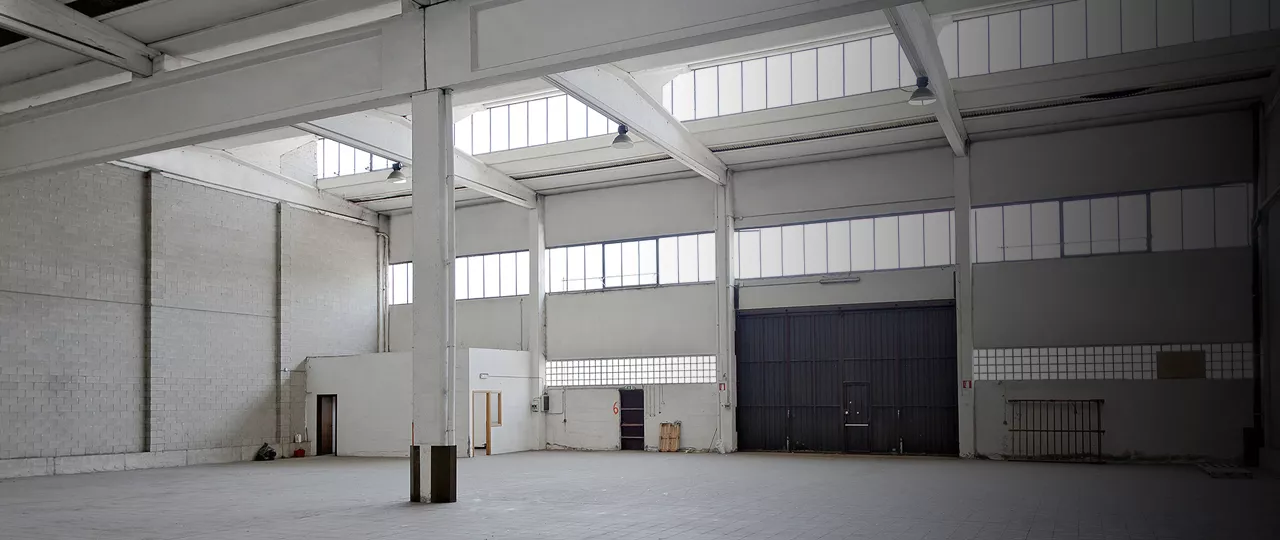
With the growth in online shopping, the UK logistics sector has been quickly adapting to the changing market. But what role does technology play as the sector adapts?
Online shopping has grown rapidly in recent years – and figures show there’s no signs of it slowing. The average weekly spend online in August 2016 was £965.8 million - an increase of 18.5% compared with August 2015, according to ONS figures. Currently, online shopping accounts for 14.3% of all retail spending.
This is having a big impact on how our products are delivered…
The race over the last mile
Delivery deadlines have become the gold standard on which some retailers are judged - especially over the last mile. Getting products from logistics centres to doorsteps has always been the tough part. But as you’re now able to buy the same product for the same price across a number of platforms, the company that delivers over this distance fastest wins.
This has led to a change from Next Day Delivery being the best option to Same Day Delivery becoming more common. Some retailers and logistics operators are even going for the next few hours.
How is this being achieved?
Drones
Improvements in drone technology have led to faster, more stable, lighter and longer-lasting vehicles than ever. And they’re a lot cheaper to make. Many now view them as the saviour of the logistics industry – especially for personal retail.
While we wouldn’t expect drones to make their way into the same arena as long haul trucking, for small packages they could be the perfect choice. Amazon, Google and DHL are all trialling drone delivery in high-density cities where their short battery life isn’t an issue.
There is currently legislation against commercial drones in British airspace, but this could soon be thrown out as drones become a more environmentally friendly option than trucks or cars.
Bikes
They might be more old-tech than new, but bikes are playing an ever-growing role in the retail logistics sector. They are flexible, low cost, faster than cars in some cities, and are good for the environment.
Electric bikes are adding a bit of high tech wizardry to the old faithful, but the bike courier concept is one that’s stood the test of time. We may see the last-mile delivery being undertaken by cyclists or motorcyclists rather than drones, emulating the current trend of the shared economy.
Research from CycleLogistics claims that half of all motorised trips in European cities that involve transport of goods could be shifted to bikes or cargo bikes.
Self-drive technology
Google is pioneering self-drive technology that currently is targeted at the motor industry. But it’s only a matter of time before we see this technology being used for deliveries. It makes sense as, by removing the drivers, you not only cut costs but also create a delivery system that can run 24/7 with only occasional stops for charging.
Google is already looking into this, with a patent submitted for a self-driving delivery truck that could be opened using a personalised code to retrieve your package.
Domino’s Pizza has also trialled self-drive vehicles for its food delivery service in Brisbane, Australia. Using technology developed for the defence industry, the self-drive unit is currently in prototype stage. Elsewhere, companies like Starship in London are also looking into the technology.
Algorithms
What makes many of these systems run smoothly - whether it’s old fashioned bikes or high tech drones - is algorithms. As these become more complex and better able to predict and control the outside environment, they provide delivery firms with a more efficient way of getting products from A to B.
They can be created to provide detailed information on ideal routes, current traffic flow, best vehicle type to use depending on load and route, and much more. They are also used on retail sites to help select the closest distributor, cutting down on the distance products have to travel.
Taller, more powerful centres
While the final mile is hugely important for delivery firms, the many miles before this also need to be handled. This is where logistics centres come into play.
And more and more, they are becoming automated. No longer just storage warehouses for goods, these centres are high tech buildings that sort and distribute thousands of items a day. And with this high level of automation comes a need for bigger - especially higher - logistic centres.
Also, the high levels of automation mean more power usage. A new automated logistic centre uses similar power levels to a manufacturing facility. Add into this the need to power and charge electric vehicles, and it’s an aspect of logistics that needs to be considered as high power output means higher costs.
With more costs and higher levels of investment in these high tech centres, landlords and property owners are reporting much longer leases – running to 20-25 years in some cases as businesses look to make the most of their outlay.
